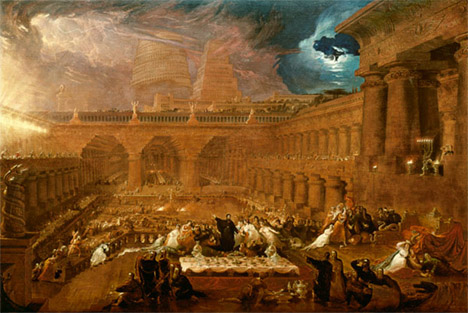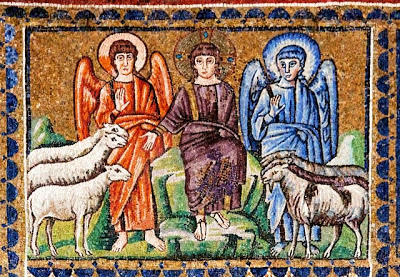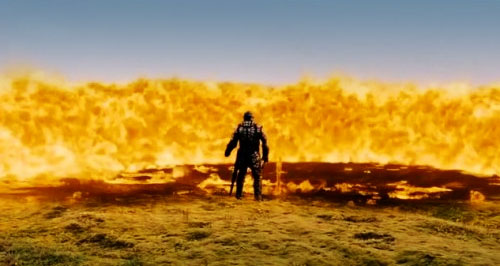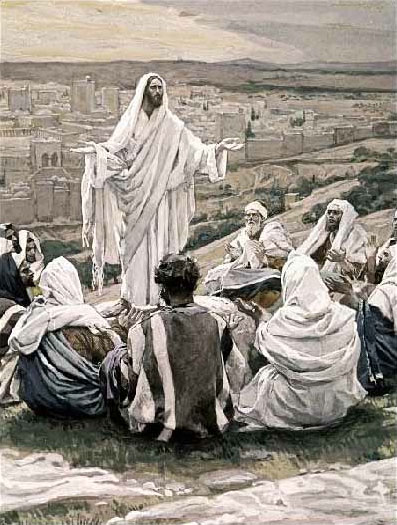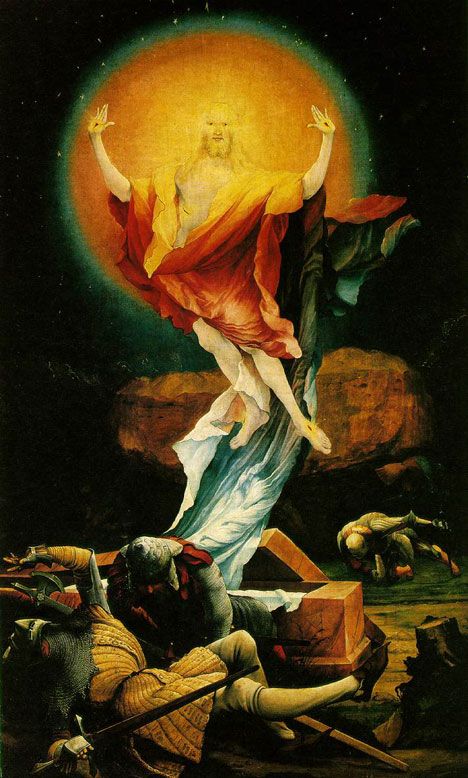The Leprous House
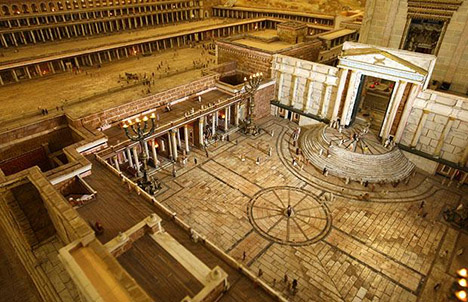
All of the arcane “personal” stipulations in the Torah find their fulfilment in the corporate worship of Israel. Just as the sacrifices were to be without blemish, so also were Israelites to be spotless if they were to stand before God. But the rules for the identification, quarantining and ceremonial cleansing of leprosy only begin with the skin of the worshiper in the wilderness. They then move to the garment, and finally to the house in the Promised Land. A failure in personal holiness would lead eventually to a corruption of corporate worship. James Jordan writes:
Continue reading
Rachel Weeping
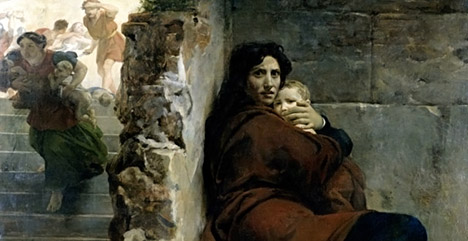
Satan’s desire was always to turn the “pruning” of circumcision into an ax laid at the root of the tree of Israel.
A handful of treatments of the “massacre of the innocents” by Herod the Great see this bloodshed as the first of the New Covenant’s martyrs. But these miss the point of Matthew’s use of the word “fulfilled,” rendering it as good as meaningless. This massacre was the harbinger of the end of the old era and its promises. It said nothing about the promises of the new.
The Meaning of Manger
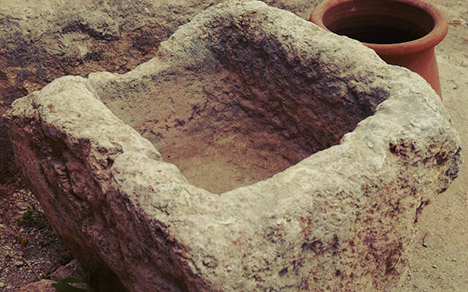
Jesus would be gathered first to the true fathers, then, once enthroned, He would gather the true sons.
In English, the word manger is archaic, preserved for us by the Christmas tradition. In French, the word is still in use, being the infinitive “to eat.” As with every detail in the Scriptures, the fact that the One who would give Himself to us in the elements of a meal was placed in a food trough invites contemplation.
This post has been slain and resurrected for inclusion in my 2015 book of essays, Inquietude.
Land, Sea, Land
My friend Burke Shade recently outlined the structure of Matthew 15:32-29: Continue reading
Sheep and Goats – 2
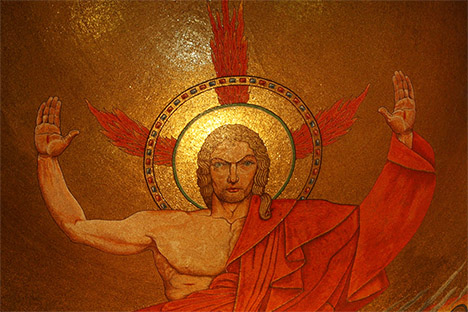
After describing to an older Christian friend what happened in Jerusalem during the Jewish war, he replied, “Why have I never been taught this?”
Without their Covenant context and historical bearings, the pointy words of Jesus become so “generalized” that they seem inconsequential. In the wisdom of God, the tragic events of AD70 were recorded that we might understand the consequences of ignoring Jesus. They nail the New Testament Scriptures to the ground.
Sheep and Goats – 1
Alpha and Omega
Since the sacred architecture of the Jew-Gentile social structure set up in Daniel was a spiritual expansion of the previous physical sanctuaries, we should not be surprised to find its shape serving as the foundation for the New Testament. Since the Holy Place symbolised the court of the King of Heaven, the Tabernacle sheds some helpful light on Jesus’ cryptic description of judgment from His throne in Matthew 25. It not only becomes clear why the Lord uses sheep and goats as symbols for Gentile nations, but their locations and destinies bring to an end a narrative thread which can be traced back to Genesis 4.
The Last Sin
For as in those days before the flood they were eating and drinking, marrying and giving in marriage, until the day when Noah entered the ark, and they were unaware until the flood came and swept them all away, so will be the coming of the Son of Man. (Matthew 24:38-39)
Most disputes concerning the meaning of the Scriptures are not due to a lack of trying when it comes to hermeneutics. They result from a lack of due process. By this, I do not mean the process of interpretation but the identification in the Scriptures of the processes of God.
An example would be the meaning of Christ’s words concerning the unpardonable sin, which have terrified many Christians unnecessarily. Blasphemy against the Spirit is unpardonable not because it is the worst sin. It is unpardonable because it is the last sin.
This post has been slain and resurrected for inclusion in my 2015 book of essays, Inquietude.
The Lord’s Prayer
This post is from Chris Wooldridge’s blog. His take on the structure of the Lord’s prayer is a little different to mine (I have the evil one at the center) but I find it very attractive and interesting. He writes:
Continue reading
The Shape of Matthew – 5
“As always, the beauty of the arrangement is breathtaking. It is historical narrative, poetry, legal Covenant and high symbolism all at once… It consists of three Cycles which recapitulate the triune ‘Garden, Land, World’ architecture of the Creation and the Tabernacle.”
Matthew 28: SUCCESSION
The fifth major cycle takes us to the end of the Covenant pattern, from the Covenant Sanctions to Covenant Succession. In the Old Testament, this concerned handing Covenant authority to the faithful of the next generation. It was the blessings of Jacob upon his sons (Garden), and Moses passing the baton of headship of Israel to Joshua (Land). This time, the inheritance was not the Garden Sanctuary of Moses [1] nor the Land of Canaan, but the entire World. Thus, it is no accident that in both cases, in that of Joshua and that of the disciples, He said, “I am with you.” A battle lay ahead.
Continue reading
